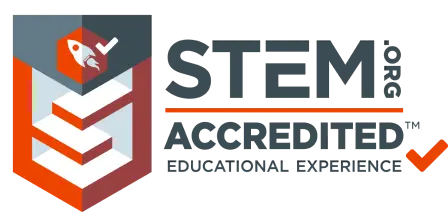Introduction to STEM/STEAM
In the aftermath of the Industrial Revolution of the early 20th century there was a growing demand for a workforce proficient in technical and scientific skills. This set a demand to a trend in education which focused more on Science, Technology, Engineering and Mathematics.This was later extended to STEAM in the 21st century including ‘Arts’ recognising essential soft-skills such as creative-thinking and problem-solving.
The history of STEM Education
Even though the acronym STEM was coined in 2001, the history of STEM education dates back to the twentieth century after it gained recognition post industrial revolution.
We are referring to a historical context marked by significant industrial milestones such as Einstein’s publication on the theory of relativity, which fundamentally changed our understanding of physics (1901); the Soviet Union’s launch of Sputnik, Earth’s first artificial satellite (1957); the establishment of NASA (1958); the first human landing on the moon (1969); and the inception of the internet with ARPANET in the 1960s, to name a few notable events.
Many countries, aiming to make significant contributions in the field of STEM, have emphasized STEAM education to foster innovation and prepare the next generation for the challenges of a rapidly changing world.
For example, the first major research efforts in this area can be traced back to the United States following the Soviet Union’s launch of Sputnik. This event caused significant alarm in the U.S., highlighting a potential gap in technological and scientific capabilities between the United States and the Soviet Union.
The National Science Foundation (NSF) of the U.S., established in 1950, played a pivotal role in funding and conducting research on STEM education. This effort quickly inspired other countries to follow suit.
The US is recognised as one of the first countries to formally recognise STEM Education with the enforcement of National Defense Education Act (NDEA) in 1958, which provided significant funding for education in STEM fields and marked the beginning of a focused effort to enhance STEM education in the United States.
Evolution of STEAM Education
Evolution of STEM/STEAM Education in South Asia
STEM Education in South Asian region also picked up around the 21st century with a sudden rise of research, policy making and changes made to the education system to impliment STEM Education.
For example, India holds the global record for producing the highest number of STEM graduates. Countries like Pakistan and Bangladesh have made significant educational reforms to integrate STEM Education. In recent years, private entities have also contributed significantly to uplifting STEAM Education in this region. For example, leading educational institutions such as Byju’s from India, SOAR STEM schools from Pakistan, and Meu Labs from Sri Lanka are working with a mission to revolutionize and implement STEAM Education successfully.
- Byju’s: Byju’s Learning
- SOAR STEM schools: SOAR STEM Schools
- Meu Labs: Meu Labs

